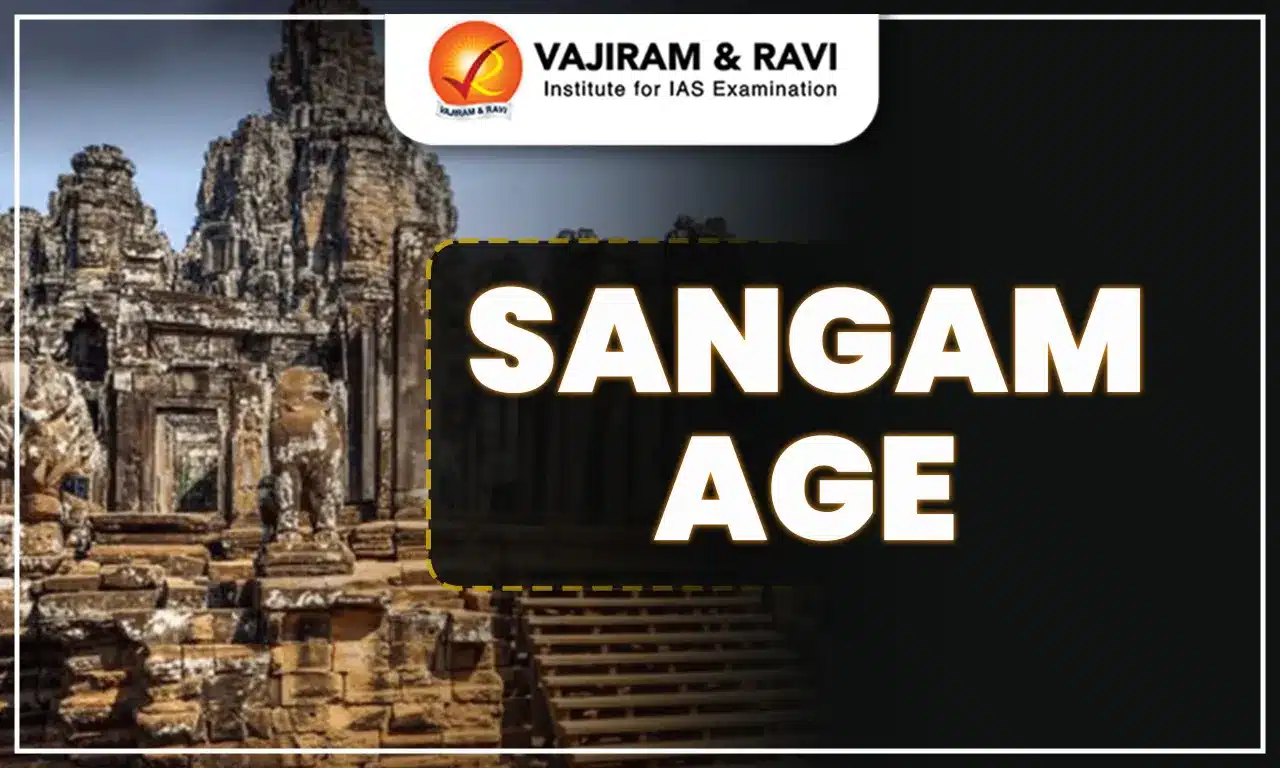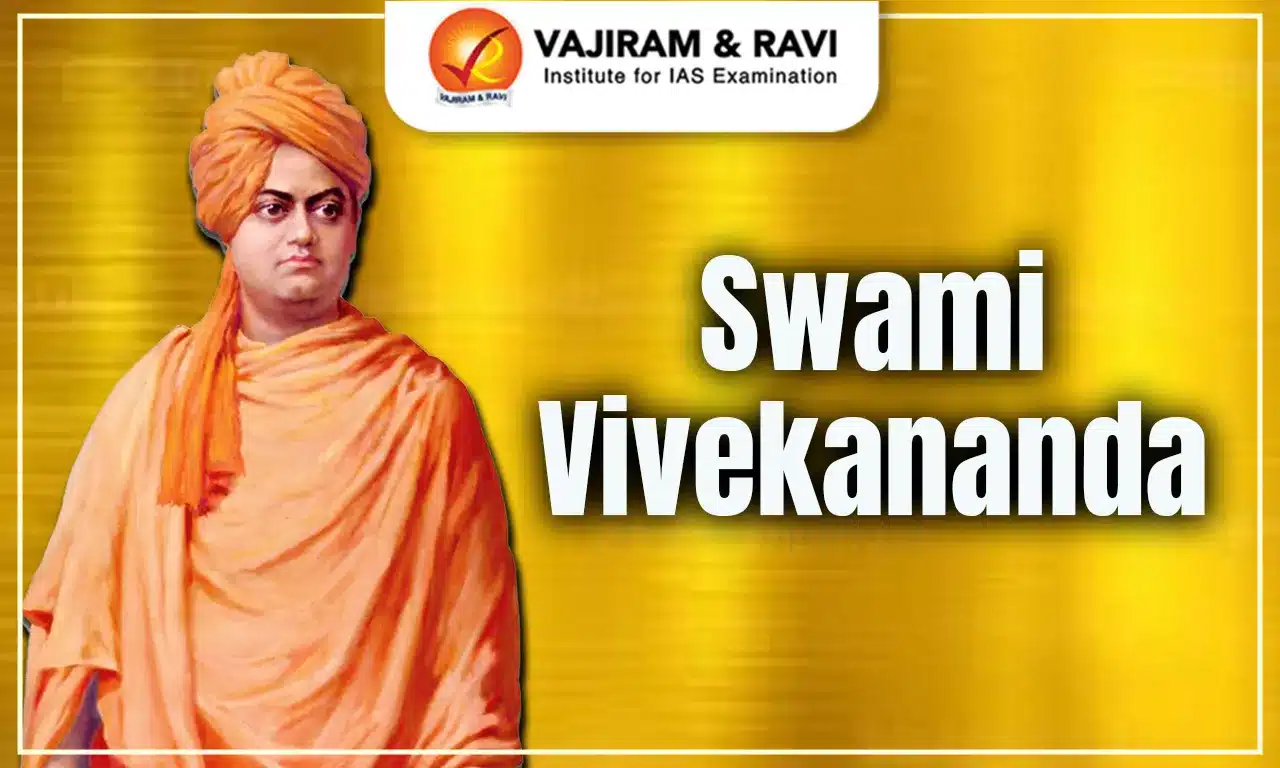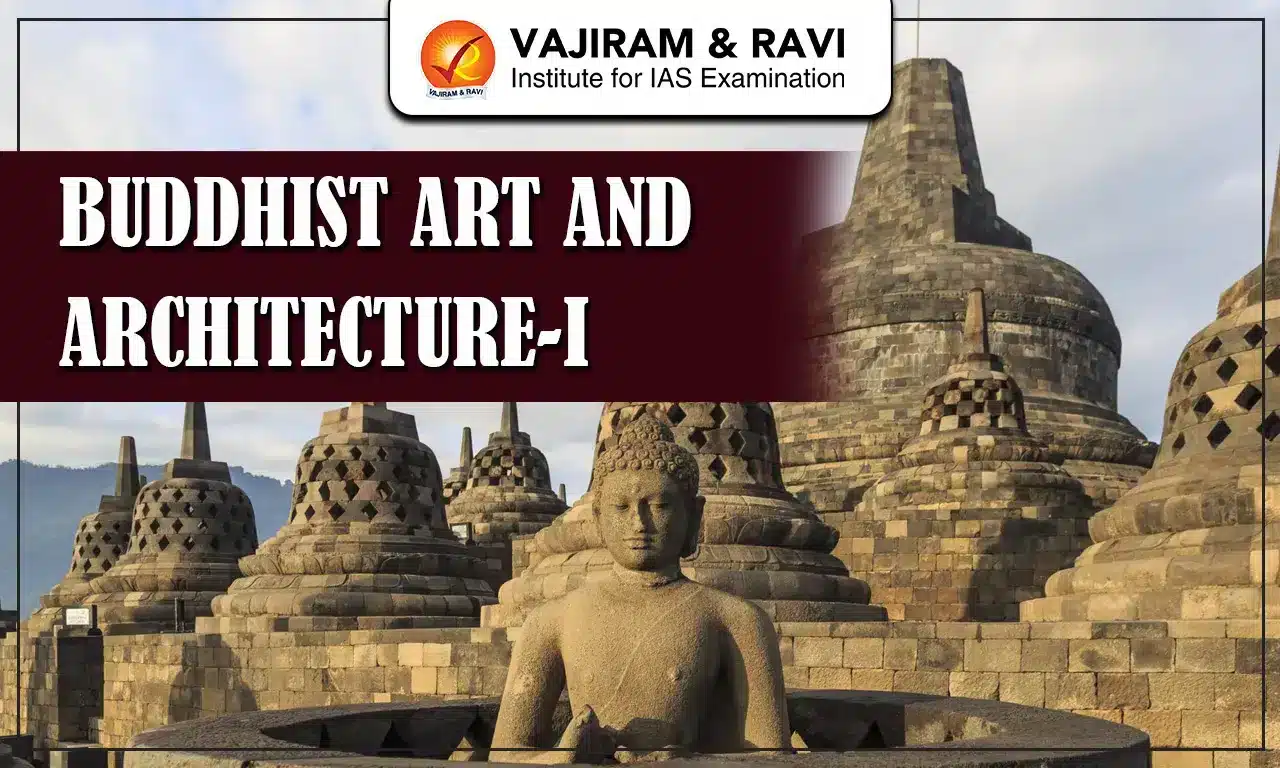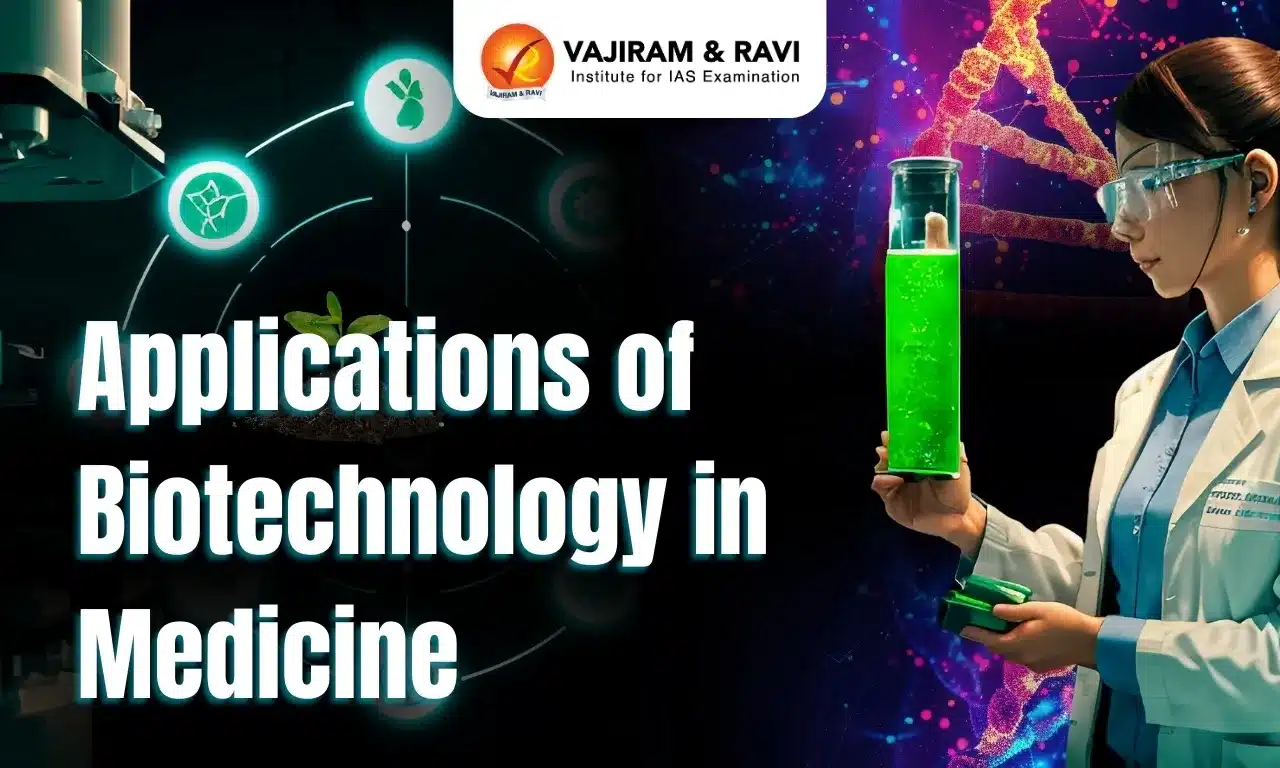The Sangam Age is a significant phase in the history of ancient South India, spanning roughly from the 3rd century BCE to the 3rd century CE. It is also referred to as the period of Tamil Literature. The term "Sangam" refers to assemblies or gatherings of poets and scholars that took place in ancient South India. These gatherings were instrumental in nurturing a literary tradition that focused on various aspects of life, including love, war, ethics, politics, and nature.
The works composed by different poets during the Sangam age provide insights into the social, cultural, and political dynamics of the time. The Sangam age left a significant cultural legacy, influencing the region's history and heritage.
Sangam Literature
According to Tamil scholars, three sangams (academies of Tamil poets) existed in ancient Tamil Nadu, also known as Muchchangam. Under the Pandyan dynasty's royal patronage, these Sangam flourished. These Tamil literary works continue to be valuable resources for rewriting Sangam age history.
- First Sangam: Legendary gods and sages attended the first Sangam held in Madurai, although there are no recorded accounts of it.
- Second Sangam: It was held in Kapadapuram in Tamilnadu.Except for Tolkappiyam, none of the literary works written during this Sangam survived.
- Third Sangam: The third Sangam was established in Madurai by Mudathirumaran. Although many poets participated and created substantial work, only some persisted.
- Tolkappiyam, Ettutogai, Pattuppattu, Pathinenkilkanakku, and the two epics Silappathigaram and Manimegalai are among the works in the Sangam literature corpus.
- Pathinen Melkanakku includes Ettutogai and Pattuppattu.
Early Sangam Literature
The earliest Sangam literature provides invaluable insights into the social, cultural, and literary aspects of ancient South India. It incudes Agattiyam, Tolkappiyam, Ettuttogai and Pattuppattu.
Aham and Puram Concept
The use of the poetic form is an important aspect of Sangam literature. Tholkappiyam, an ancient Tamil treatise, divides poetry into two categories: Aham and Puram. These two are related in the sense that they are the polar opposites of each other while also complementing each other.
| Aham (Agam) | Puram |
| - It represents the individual, the interior, the feminine, and the various stages of love. | - It represents the world, the exterior, the masculine, violence, and heroism. |
| - Women dominated | - Male-dominated |
| - Concerns on subjects such as love and sexual relations. | - Concerns many issues, such as wars, kings, poets and personal virtues |
Agattiyam (Akattiyam)
Agattiyam was the earliest book on Tamil grammar according to Tamil tradition.
- This book was a non-extant text (not existing), written and compiled by sage Agattiar (Agastya) during the First Sangam.
Tolkappiyam
It was written by Tolkappiyar and is considered the first Tamil literary work.
- First mentioned by name in Iraiyanar's Akapporul as an authoritative text on Tamil grammar.
- This was the most ancient Tamil grammar text and the oldest extant long work of Tamil literature.
- Arranged into three books – Eluttatikaram, Sollatikaram and Porulatikaram
- Source: It also gives an insight into the political and socio-economic conditions of the time.
Ettuttogai
Ettuttogai is a classical Tamil poetic work consisting of eight works long and short, both or eight anthologies. It is included in the Pathinen Melkanakku (Eighteen Greater Texts).
| Eight anthologies | Significance |
| Natrinai | - Mentions the Tamil legend about Kannagi (Kannaki) to protest against her husband's unjust execution. |
| Kurunthogai | - Kuruntokai's influence can be seen in modern Tamil films. |
| Aingurunuru | - It was compiled by Kudalur Kilar and has a colophon identifying it as a Chera text as opposed to the more typical Pandyan kingdom-based text. |
| Patitruppathu | - About ten decades of Chera kings, known as Cheramals. |
| Paripadal | - Expresses love in the form of religious devotion and includes dialogue-based poems. These poems are longer than the poems in other major Sangam anthologies. |
| Kalithogai | - Compiled by Nallantuvanar, notable for the relatively higher number of Sanskrit loan words, categorised into the five tinais conforming to the Sangam landscape. |
| Akananuru | - Notable for its mathematical arrangement, it has a reference to the Ramayana. |
| Purananuru | - Information on the political and social history of ancient Tamil Nadu |
Pattuppattu
It is an anthology of ten longer poems in the Sangam literature – the earliest known Tamil literature.
| Poem | Meaning | Author | Source/ Information about |
| Thirumurugatrupatai | Guide to Lord Murugan | Nakkīrar | Murugan |
| Porunaratrupatai | Guide for the war bards | Mutattamakkanniyar | Karikal |
| Sirupanatruppatai | Guide to bards with small lutes | Narrattanar | Nalliyakkotan |
| Perumpanatruppatai | Guide to bards with large lutes | Uruttiran Kannanar | Tontaiman Ilantiraiyan |
| Mullaipattu | Song about the forest | Nappitanar | - |
| Maduraikanchi | Reflection on Maturai | Mankuti Marutanar | Netunceliyan |
| Nedunalvadai | Good long northern wind | Nakkirar | Netunceliyan |
| Kurinjipattu | Song about the hills | Kapilar | - |
| Pattinappalai | Poem about the separation and the city | Uruttiran Kannanar | Karikal |
| Malaipadukadam | Poem of the sound about the mountains | Perunkunrur, Perunkaucikanar | Nannan |
Later Sangam Literature
The Sangam age was a time of great literary achievement, where poets and scholars thrived, creating a vibrant literary tradition.
- The works produced during this era continue to be revered for their poetic excellence, imaginative storytelling, and cultural significance.
- This includes mainly poetic work Patinen Kilkanakku, also known as the “The Eighteen Lesser Texts”, and five great epics, extensive narrative Tamil epics according to later Tamil literary tradition.
Patinen Kilkanakku (The Eighteen Lesser Texts)
It is a collection of eighteen poetic works created during the post-Sangam period. It mainly deals with morals and ethics.
| Book | Author | Significance |
| Naladiyar | Various poets (mainly Jain monks) | The most important ancient didactic text in Tamil is next after Tirukkural. |
| Nankakatigai | Vilambi Naganaar | Contains one hundred songs, and each poem has four ideas. |
| Inna Narpathu | Kapilar | Describes the most undesirable things one should avoid. |
| Iniyavai Narpathu | Putham Sernthanar | Explains the most desirable things in life. |
| Kaar Narpathu | Kannankoothanaar | Deals with the intangibles of life, such as human emotions, love, separation etc. |
| Kalavazhi Narpathu | Poigayaar | Deals with the puram (external) subjects. |
| Ainthinai Aimpathu | Kannankoothanaar | Deals with the aham (internal) subjects |
| Tiṉaimozhi Aimpatu | Kannan Chenthanaar | Deals with the aham (internal) subjects |
| Aintinai Eḻupatu | Muvathiyaar | Deals with the subjective (aham) concepts. |
| Tiṇaimālai Nūṟṟaimpatu | Kanimeytaviyar | Deals with the subjective (aham) concepts. |
| Thirukkural | Thiruvalluvar | Discusses epics, love, polity and governance. |
| Tirikaṭukam | Nallathanaar | Uses the analogy of traditional herbal medicine. |
| Acharakkovai | Peruvaayin Mulliyaar | Concerned with personal rituals and the correct method to follow. |
| Pazhamozhi Nanuru | Munrurai Araiyanaar | Employs old Tamil proverbs to illustrate its messages. |
| Siruppanchamulam | Kariyaasaan | Uses the analogy of traditional herbal medicine. |
| Muthumozhikkanchi | Mathuraikkoodalaar Kilaar | Employs a simple poetic style to enable the layperson to understand the messages. |
| Elathi | Kani Methaviyar | The analogy of traditional herbal medicine known as elathi is used. |
| Kainnilai | Pullangkaathanaar | Deals with the subjective (agam) concepts. |
Five Great Epics
| Epic | Author | Feature |
| Silappadikaram | Ilango Adigal |
- Describes the story of Kovalan and Kannagi. - Gives insight into contemporary Tamil society, polity and social life of the people. - Called the Iliad of Tamil Literature. |
| Manimekhlai | Seetalaisattanar |
- Sequel to Silappadikaram, where Manimekhlai is the daughter of Kovalan, born to Madhavi (she becomes a Buddhist monk). - It contains useful details about the Sangam government and society. - Related to philosophical topics and Buddhism in South India. - Called the Odissi of Tamil literature. |
| Jivaka Chintamani | Tiruttakrdeva |
- Related to the life of Jivaka, who marries eight queens and later becomes a Jain monk. (associated with Jainism) - Also called the Book of Deity and Manannul (Book of Marriages). |
| Valayapathi | Tamil Jain monk |
- Story of a son and father, where the father left before the birth of the son, and the son seeks his father - Supported the ideologies found in early Jainism |
| Kundalakesi | Nathakuthanaar |
- A story about love, marriage, getting tired of the married partner, murder and then discovering religion. - Related to Buddhism. |
Other Literary Sources of the Sangam Age
- The commercial ties between the West and South India are mentioned by Greek authors like Megasthenes, Pliny, Strabo, and Ptolemy.
- The Chera, Chola, and Pandya kings in the southern region of the Mauryan empire are mentioned in Asokan inscriptions.
- The Hathigumpha inscription of Kharavela of Kalinga also mentions Tamil kingdoms.
Art and Architecture During Sangam Age
Art and architecture during the Sangam Age in ancient South India were not as extensively documented as the literature. While physical remnants are rare, references in literature and archaeological findings provide insights into the art and architecture during the Sangam age.
Art of Sangam Age
- The Sangam age was characterised by the widespread popularity of poetry, music, and dancing. Kings, chieftains, and nobles lavishly bestowed gifts upon poets.
- Panar and Viraliyar, two singing bards, were common performers in the royal courts. They were experts at folk music and dance.
- Dance and music were both highly developed arts. The Sangam literature makes reference to a wide range of yazhs and drums.
- Kanigaiyar performed dances. Koothu was the most popular form of entertainment among the people.
- Sangam painters employed the painting guidebook Oviya Nul to direct their creative endeavours.
Architecture of Sangam Age
Information and documentation regarding the architecture of the Sangam ages are limited. It can, however, be deduced from literary references.
- The Hero Stone worship (Nadu Kal worship): During the Sangam age, Nadu Kal worship was important. The Hero Stone was erected to commemorate the warrior's valour in battle. Many hero stones with legends carved on them have been discovered in various parts of Tamil Nadu.
- Port cities: Pattinappalai refers to the seaport of Puhar. Other seaports during the Sangam period are Tondi, Musiri and Korkai.
- Building irrigation tanks: Karaikala built Kallanai across the Kaveri River and built a large number of irrigation tanks.
Keeladi Excavation
- It is a small village in Tamil Nadu’s Sivaganga district.
- These findings demonstrate the existence of an urban civilisation in Tamil Nadu during the Sangam age along the Vaigai River's banks.
- Excavations at Keeladi have pushed the Sangam age back about 300 years earlier than the previously believed third century BCE.
- The discovery of pottery heaps points to the existence of a pottery manufacturing industry.
- Findings of inscribed potsherds suggest the long survival of the script.
- Presence of the weaving industry: Spindle whorls, copper needles, terracotta seals, hanging stones of the yarn, terracotta spheres and earthen vessels to hold liquid.
- Dyeing industry and glass bead industry: There is evidence of the existence of a dyeing industry and a glass bead industry in the Keeladi finding.
| Other Related Articles | |
| Indus Script | Jain Literature |
| Upanishads | Sangam Age |
| Vedangas | |
Last updated on January, 2026
→ Check out the latest UPSC Syllabus 2026 here.
→ Join Vajiram & Ravi’s Interview Guidance Programme for expert help to crack your final UPSC stage.
→ UPSC Mains Result 2025 is now out.
→ UPSC Notification 2026 Postponed for CSE & IFS which was scheduled to be released on 14 January 2026.
→ UPSC Calendar 2026 has been released.
→ UPSC Prelims 2026 will be conducted on 24th May, 2026 & UPSC Mains 2026 will be conducted on 21st August 2026.
→ The UPSC Selection Process is of 3 stages-Prelims, Mains and Interview.
→ Prepare effectively with Vajiram & Ravi’s UPSC Prelims Test Series 2026 featuring full-length mock tests, detailed solutions, and performance analysis.
→ Enroll in Vajiram & Ravi’s UPSC Mains Test Series 2026 for structured answer writing practice, expert evaluation, and exam-oriented feedback.
→ Join Vajiram & Ravi’s Best UPSC Mentorship Program for personalized guidance, strategy planning, and one-to-one support from experienced mentors.
→ UPSC Result 2024 is released with latest UPSC Marksheet 2024. Check Now!
→ UPSC Toppers List 2024 is released now. Shakti Dubey is UPSC AIR 1 2024 Topper.
→ Also check Best UPSC Coaching in India
Sangam Literature FAQs
Q1. What is the significance of the term "Sangam"?+
Q2. What is the "Aham" and "Puram" in Sangam literature?+
Q3. Which Sangam work mentions about the wealth of Nandas?+
Q4. What are the "Five Great Epics" of Sangam literature?+
Q5. Who is the author of Silappathikaram?Who is the author of Silappathikaram?+

















